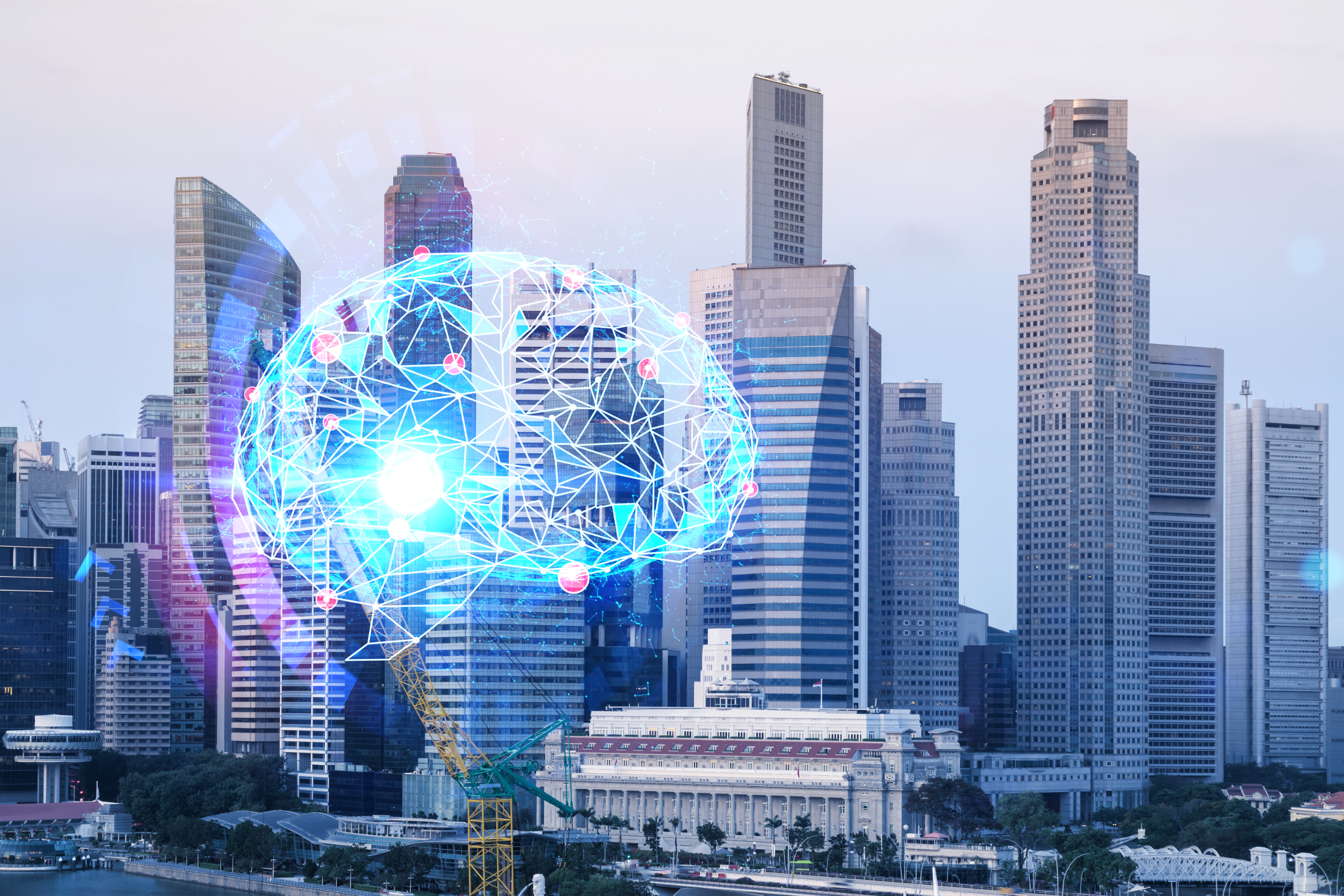Equipping leaders for the next normal(s)

Disruption and crisis are occurring more frequently, more dramatically, and more widespread than ever before. Digitisation and globalisation not only enable this trend but, in fact, drive it exponentially. In response to the COVID-19 pandemic, we have further embraced new technologies, digital transformation, and new working models — ones we are unlikely to leave behind in a return to “normal.”
We are already working in a “new normal” and will undoubtedly need to adapt to a “next normal” we have yet to envision. The transition from “new” to “next” will be accelerated by these drivers and more, namely – new/next competition (non-traditional competitors, for example), regulation (evolving tax & workforce regulations, for example), customers (the impact of millennials as a dominant segment, for example), investors (increasing focus on ESG, for example), and more.
What does it mean for leaders?
Not only do today’s leaders need to run today’s business and create tomorrow’s, but they also need to increase their own — and their organisation’s — adaptability. The following strategic skills and focus areas are increasingly critical for succeeding in a progressively uncertain future:
Agile Leadership
Business agility can be explained as the ability to reshape the organisation’s strategy, structure, processes, and people proactively to ensure increasingly sustainable value creation and capture. Agile leadership enables business agility and begins with emotional intelligence, personal leadership, and managing whole-brained teams.
Agile companies are typically more decentralised, with distributed leadership, depending less on top-down decision-making. These companies usually create agile teams that are empowered to make market-proximal decisions in a fast-paced change environment.
Strategy and foresight
The inflection points the world is going through provides a unique opportunity for leaders to reinvent their businesses. Looking at the same situation but with a strategic mindset and challenging the business economics might lead to innovative new business model discovery and adoption.
Case in point, given the climate risk concerns, there is merit in considering environmental strategy as a source of resilience and competitive advantage while taking a long-term view of stakeholder capitalism. Besides diversifying supply chains for climate risk resiliency, leaders can peel out the growth opportunities that an upcoming ‘green economy’ wave provides.
Innovation and technology
In today’s world of evolving technology, consumers not only appreciate innovation but also demand it. Leaders that prioritise and support innovation through both capital and talent while also ensuring their investments convert into actual results are setting their organisations on a path of sustainable growth.
By embracing new methods and techniques like design thinking, which provides a structured approach to working on crucial innovation opportunities in a creative and agile way, leaders can both improve their businesses and lead the way for others to follow.
Today, technology adoption is not limited to cost management; instead, it is now more about serving customers with a better experience, modernising capabilities, enabling new strategic opportunities, and creating a culture for embracing future digital technology. Along with technology adoption comes the risk of cyber security and mounting costs (direct and indirect) associated with cyber-attacks. Understanding how best to manage this more potent risk is critical for today’s leaders.
Organisational design and development
The pandemic experience has helped bring people together across diverse backgrounds, but at the same time, it has challenged leaders to provide an engaging yet balanced work experience. At this juncture, the role of empathy, inclusion, and communication has multiplied manifold for leaders.
Leaders at the same time need to help evolve a culture of embracing change and adapting to the next normal across teams – breaking the silos. Flatter decision-making structures with the right span and organisation layers help an organisation manage crisis mode in a nimble and flexible manner. However, leaders need to ensure such transitions are equitable and engaging from a talent perspective.
Conclusion
Organisations must use strategic and distributed leadership development as a strategic tool to pro-actively prepare for the next normal(s). Leadership development programmes need to keep mindset change at the forefront to positively influence how leaders think, learn, and behave.
Targeted and holistic leadership development programmes are the most impactful, that is, those that provide 360-degree experience to participants to learn, assimilate, and apply new learnings in their business for transformational impact and real business value.
Elixir Advisory and SP Jain School of Global Management, in partnership with People Business, are offering a leadership development programme modeled on the above principles and focused on equipping organisational leaders to ace the next normal(s).
Are you ready for the “Next Normal”? Click here for more details.
By Dr C J Meadows, Director, The Innovation & Entrepreneurship Center at SP Jain School of Global Management; and Sanjeesh Bera, Managing Director, Elixir Advisory.



